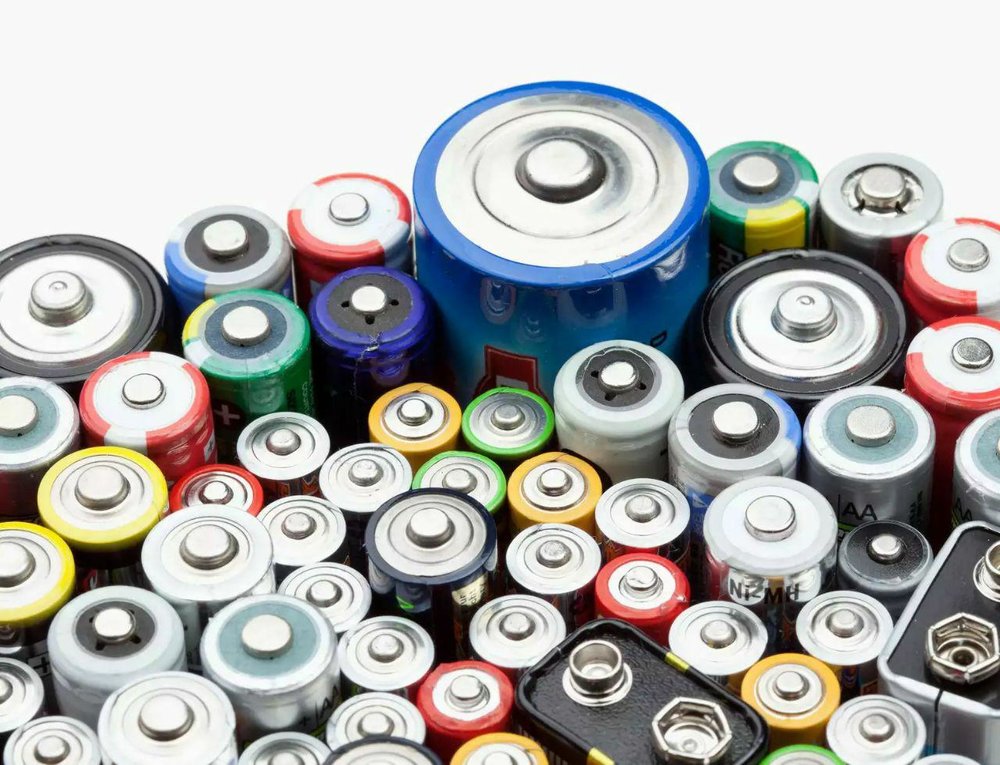Chemical waste leachate raising cancer worrisome: expert

TEHRAN – The leachate produced from hazardous chemical waste penetrating into the soil after rainfall pollutes water with harmful toxic substances and causes cancer, which has raised concern in northern provinces of the country, an environmental expert has said.
Although, a huge amount of toxic waste is generated in households, it is not given any consideration and no measures have been taken to prevent them from producing harmful leachate and polluting the water, which have been a problem in northern provinces of the country, ISNA quoted Aziz Abesi as saying on Tuesday.
Some household waste can be categorized as hazardous waste including old batteries, shoe polish, paint tins, old medicines, and medicine bottles.
Batteries contain hazardous materials such as lead, nickel, and cadmium, which will be mixed with domestic wastes due to improper waste landfills and lack of segregation at source, Abesi said, adding that the waste releases chemical carcinogenic substances and hazardous leachate and reacts when exposed to rain and poses threats to the environment and the residents’ health.
Referring to common types of wastes, he noted that wastes are classified in five categories including industrial, agricultural, biomedical, municipal (household) and toxic waste, and our problem is municipal waste management.
Industrial and medical waste are also considered hazardous as they contain toxic substances, so managing them requires investigation and proper disposal facilities, he added.
He went on to explain that waste generated at health care facilities is highly infectious and can be a serious threat to human health if not managed in a scientific manner, adding, almost all hospitals in the country have a waste incinerator, while medical clinics put their waste into the municipal waste bin.
Abesi further addressed reduction of waste generation and separation of waste at source as the two major processes in waste management and highlighted that less use of plastic will greatly help waste reduction.
When wastes are separated at source, dry waste can be recycled and bring income, while wet waste (organic waste) can be used to produce compost, buried in informal landfills or disposed in waste incinerators, he concluded.
Earlier in September, Khabaronline reported that the amount of waste generated in the three northern provinces of Mazandaran, Golestan and Gilan, is snowballing at a rate of over 7,000 tons a day, holding accountable for 14 percent of the total daily 50,000 tons of waste production in the country.
Sirous Vatankhah, secretary of energy technologies development headquarters at Science and Technology Vice-presidency told ISNA that there is a significant relationship between the prevalence of various diseases and the amount of waste generation, which must be considered a "danger sign" that needs urgent measures to contain the issue.
On the other hand, a large part of these thousand tons of waste is ending up in the Caspian Sea and the forests, which can lead to many changes in the environmental cycles, he added.
Moreover, Hossein Niaz Azari, member of the parliament, said that some 104 aquatic species have been living in the Caspian Sea in the past years, while most of them have gone extinct due to the high amount of waste entering the sea.
On top of that, although Mazandaran forests have a long history of rare species, in recent years, due to improper dumping of waste in these forests, some precious species are extinct and can only be found in the history books, he regretted.
Deputy environment chief Masoud Tajrishi has referred to the poor waste disposal in the coastal cities of the country, saying that “Unfortunately, we face not only the problem of identifying a proper place for waste disposal, but sewers being discharged into all rivers and lakes.
FB/MQ/MG
Leave a Comment